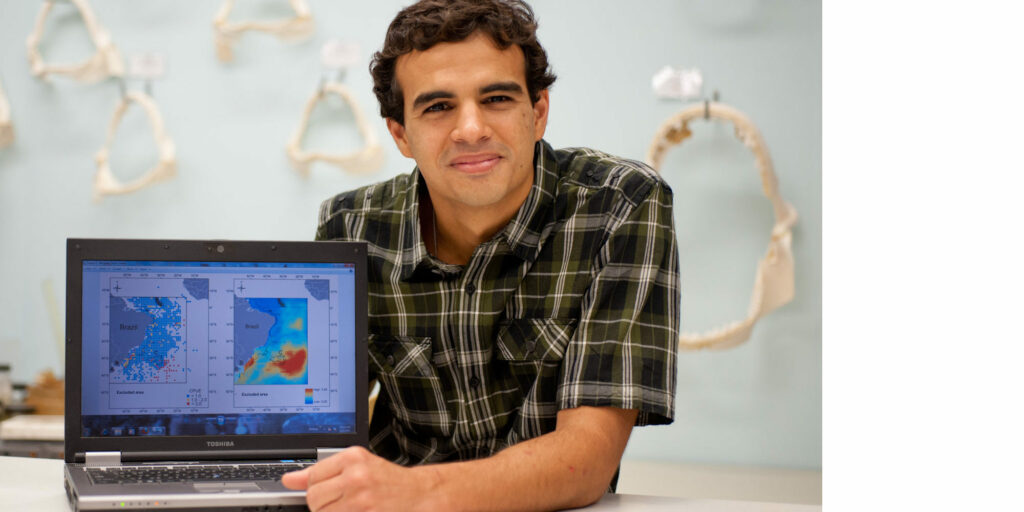
Each year, the award supports undergraduate and graduate students who are enrolled full time at Florida institutions of higher education who are conducting research related to the biology, ecology, habitat, or management of fish in Florida’s marine environment.
The scholars will receive a certificate designed and signed by Guy Harvey, and $5,000 to support their academic program.
The awards program takes into consideration the breadth of research methods needed to effectively understand and sustainably manage marine fish. Students conducting field observations, experiments, modelling, or data synthesis are all eligible for this scholarship opportunity.
Keep the following tips in mind when preparing your application!
For more information on the scholarship, visit: https://www.flseagrant.org/students/scholarships/guyharvey
1. Make sure your research relates to the biology, ecology, habitat, or management of fish in the marine environment. Research dealing with other topics — like the effects of nutrients on phytoplankton growth, the effects of turbidity on the carbon sequestration by seagrass beds, or the effects of sea-level rise on mangroves — are important research endeavors, but they don’t qualify as pertaining to fish in the marine environment and will diminish your chances of selection.
2. Ask someone who knows you well to write a letter of recommendation. Most applicants ask a professor who’s familiar with their academic and professional competencies. A supervisor from that internship you completed last summer could also be a good candidate. It doesn’t have to be long; it just needs to show the individual has good insight into your personal and professional capabilities. A page is fine.
3. The career statement seems to confound many applicants. Your career statement should explain, in fewer than 1000 words, how you became interested in marine sciences and your current research, what things you have done to move along your career path, and how you see your future career unfolding as a student and then as a professional.
4. In your career statement, highlight key attributes about yourself – a leader, a team player, an independent thinker, someone who can deal with adversity – and provide specific examples from your budding academic career or your life that illustrates those capabilities.
5. When you think you’ve finished writing your career statement, ask a friend who’s not familiar with your subject to read it, and see if it holds their interest. The last thing you want is a boring career statement being read by a panel that has just reviewed a pile of other applications. You want a story that holds the reader’s attention until the end.
6. Use resume space to put the spotlight on experiences that make you stand out from your peers. By now, you’ve probably logged many hours helping out, you may have had an #internship, or you might have unique practical experience working with someone in the fishing industry or at a management agency. These kinds of experiences show initiative, drive and energy. For purposes of this scholarship application, they impress panels more than a listing of proficiencies in software, or certifications in scuba, GIS, or water safety.
7. Spelling and grammar still count. Once you’ve finished your resume, career statement and research description, have a fresh set of eyes (not yours) review them to minimize errors. Think of it this way – if you don’t, what does that say about you, your attitude, and the quality of your research?